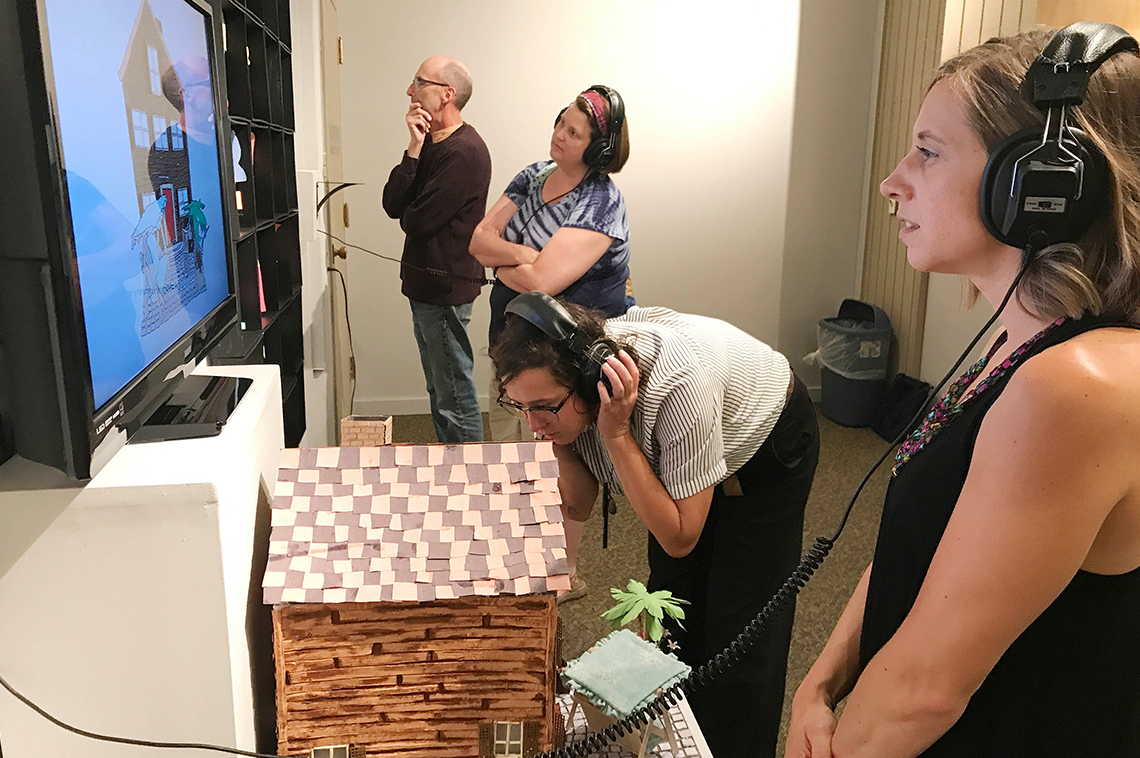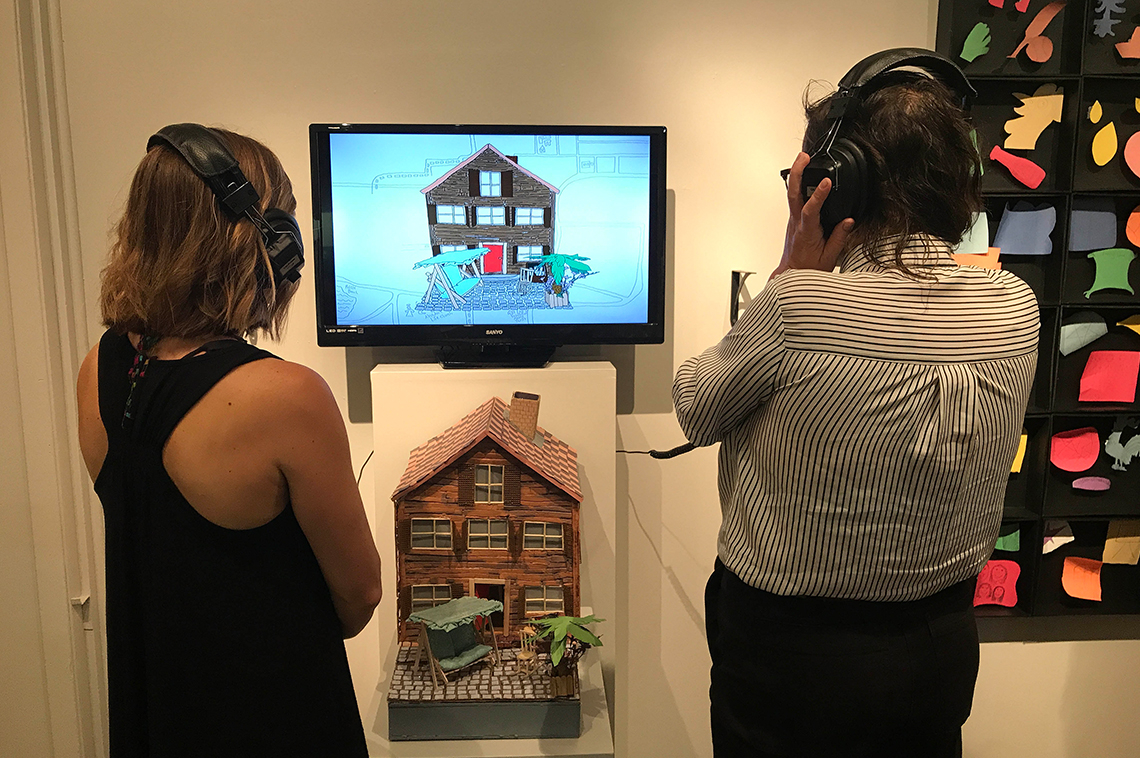


This article was originally published in the Fergus Falls Journal on August 9, 2019
- - -
Although rural population growth has been slower than metro growth since 1980, it hit negative levels around 2010, indicating a population decline. In Minnesota, rural and small-town areas had an average annual loss of 0.8% and 0.1% of their population from 2010 to 2015 compared to an average annual growth of 1.3% in urban areas. Rural areas tend to lack opportunities that driven and talented young people seek, leading them instead to metro areas that provide more favorable economic and academic circumstances.
One Minnesota organization working to buck that trend is Springboard for the Arts. Their homecoming residency program invites anyone who grew up or spent a portion of their youth in any of the nine counties served by the Lake Region Arts Council (Becker, Clay, Douglas, Grant, Otter Tail, Pope, Stevens, Traverse and Wilkin) but now live elsewhere to participate in a 4-8 week project-based program. The residency is open to all artists: writers, performers, visual artists, musicians and mixed media artists.
Participants are supplied with a fully furnished apartment on the grounds of the Kirkbride, as well as $100 a week living stipend and up to $1,500 in project support for engagement or creative placemaking projects. They’ll also have access to workspaces that suit their focus like practice space for musicians, studio space for visual artists, dance studio space for dancers, while writers have a choice to use a writing desk at the Kirkbride grounds or find a space that works for them.
“We can’t necessarily help people move here from the start,” said Springboard for the Arts rural program director Michele Anderson, “but we could help them, we could give them some support to return temporarily and maybe that helps them build the relationships they need to consider that option.”
Naomi Schliesman, artist development director, is herself a Fergus Falls returnee. She left the area for 11 years, pursuing education and professional opportunities in Moorhead and Madison, Wisconsin. She decided to return to Fergus Falls and reached out to Anderson and the executive director of LRAC, Maxine Adams, about staying connected to the local arts community. “Tom Blondeau was my mentor and my art educator in the Fergus Falls High School,” she says, “and he’s the reason why I’m in arts today. It comes back full circle, I think.”
Schliesman and Anderson explain that residency benefits both the artist and the community. “One of the main things, as well as being able to invite them to come back home, is that they would be sharing in their community that they grew up in all the skills and trades that they’ve learned elsewhere,” Schliesman says, “and come back home here and actually share those within the community itself.”
One project by homecoming resident Katelyn Haugdahl, from Henning and now a filmmaker in Los Angeles, was a series of filmmaking workshops for teenagers in both Henning and Fergus Falls. Anderson explains Haugdahl’s project was a wonderful opportunity for young people in the area to see what members of their community are capable of.
“The charge is also we really ask artists to identify some kind of topic that is specific to this region that they want to explore through art, and how their creative practice can illuminate a community issue,” says Anderson. “Artists are coming home, they’re reconnecting with family and friends, but they’re also leaving something behind that helps the community reflect on something we might be challenged by or struggling with.”
Wesley Fawcett Creigh was one homecoming resident who, through her experiences in the residency, has become more involved in the community. Her project focused on the immigrant community in Pelican Rapids, creating an exhibit for the Otter Tail County Museum that explores the meaning of home, inclusion and belonging.
Creigh’s family owns a cabin on Battle Lake that was homesteaded in the 1800s, so her family has had over a 100 year history in the area. Creigh and her family would visit the cabin every summer and Creigh only ever saw it as a nice place to vacation.
“I had this one level of engagement with this place for all my life and the homecoming residency opened up this new area of engagement for me by letting me bring my artistic practice there,” she explains. “It was just a place to go to relax, but now I see so many more opportunities for ways I could be there and things I could do there.”
Her time here has opened up new opportunities for her, not just in the region, but state wide. Although she lives in Tucson, Arizona, she’s been spending a lot more time in the area, continuing to work on projects she started during her residency and taking on new projects.
Creigh describes the area as having, “a community that’s really open to the arts and really supportive of the arts. I think it was there the whole time, but I just hadn’t been introduced to it.” She describes her time in the residency as “life changing.”





